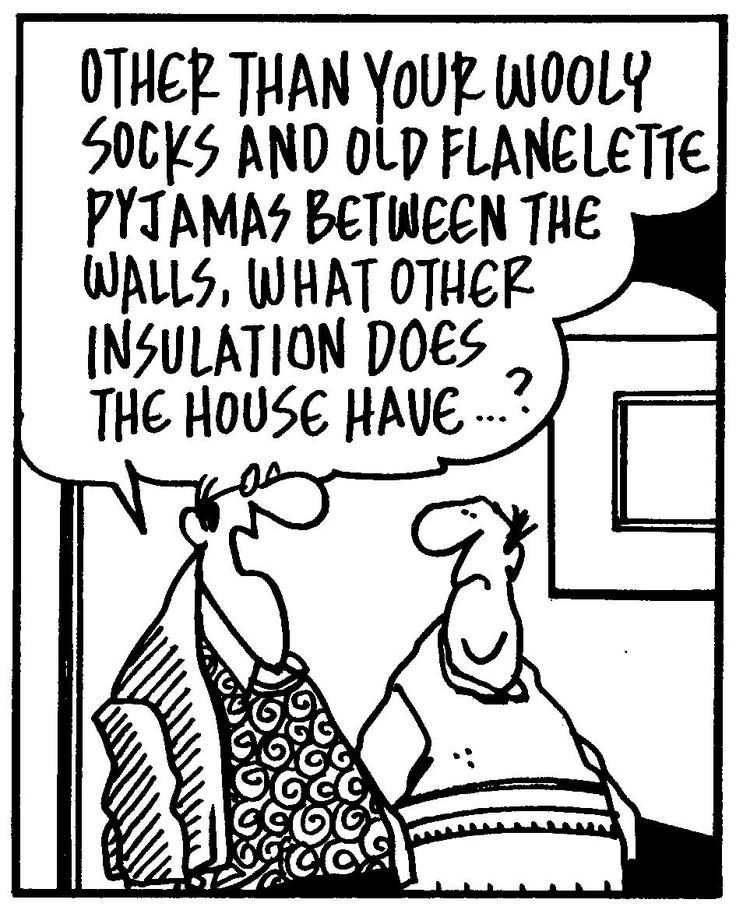Bad insulation in a house can have a significant impact on heat retention and energy efficiency. Here are some ways in which poor insulation affects the heating of a house:
1. Heat Loss: Inadequate insulation allows heat to escape from the house, especially during colder months. This results in higher energy consumption as the heating system works harder to maintain a comfortable temperature. As a consequence, utility bills may increase.
2. Uneven Heating: Poorly insulated homes often experience uneven heating. Certain areas of the house may feel colder than others, leading to discomfort for occupants. This can be particularly noticeable in rooms that are farthest from the heating source or areas with inadequate insulation.
3. Drafts: Insufficient insulation can contribute to drafts in the house. Gaps, cracks, or poorly sealed windows and doors allow cold air to infiltrate the living spaces, making it difficult to maintain a consistent and comfortable indoor temperature.
4. Increased Energy Costs: With heat continuously escaping due to bad insulation, the heating system has to work longer and more frequently to compensate for the loss. This results in higher energy bills, making the cost of keeping the house warm more expensive.
5. Overworking HVAC Systems: In a poorly insulated home, heating systems, such as furnaces or heaters, may operate almost constantly to meet the temperature set on the thermostat. This can lead to premature wear and tear on the HVAC system and may reduce its lifespan.
6. Condensation and Moisture Issues: Inadequate insulation can contribute to condensation on windows and walls. Excess moisture can lead to mold growth, structural damage, and a decrease in indoor air quality. Proper insulation helps regulate temperature and reduce the risk of condensation.
7. Difficulty Maintaining Comfortable Temperatures: In a poorly insulated house, it becomes challenging to maintain a comfortable and consistent indoor temperature. Homeowners may find themselves frequently adjusting the thermostat in an attempt to achieve the desired warmth.
To address these issues, homeowners should consider improving insulation by adding or upgrading insulation materials in walls, ceilings, floors, and attics. This investment not only enhances comfort but also leads to long-term energy savings and a more sustainable and efficient home.


